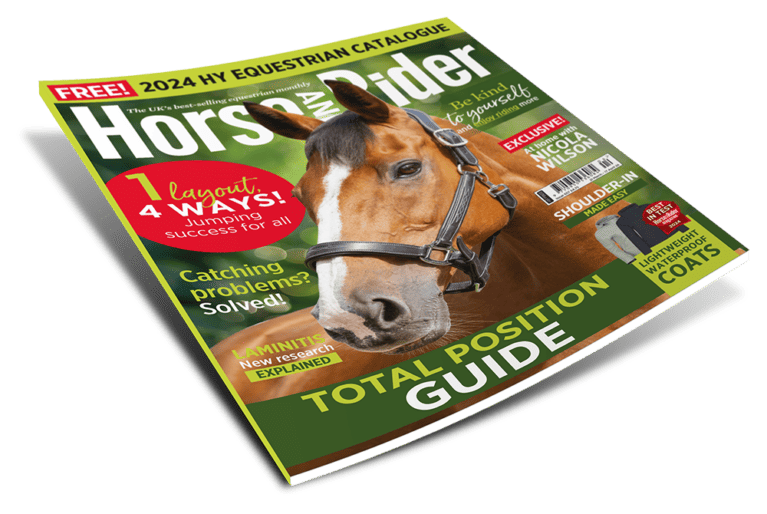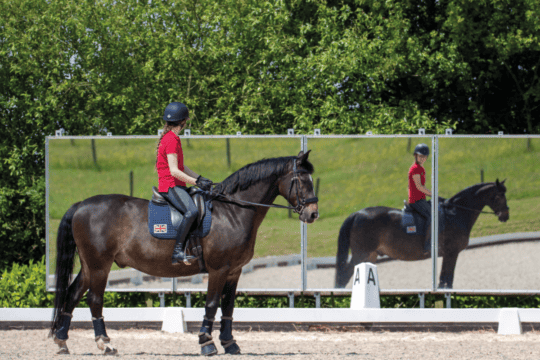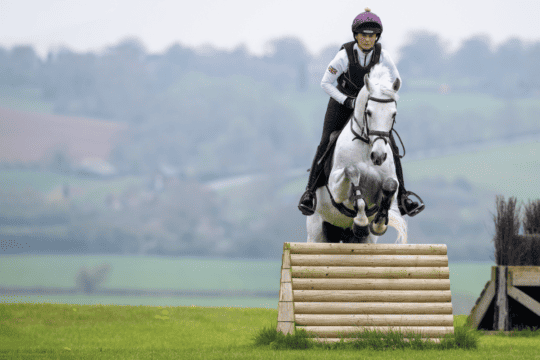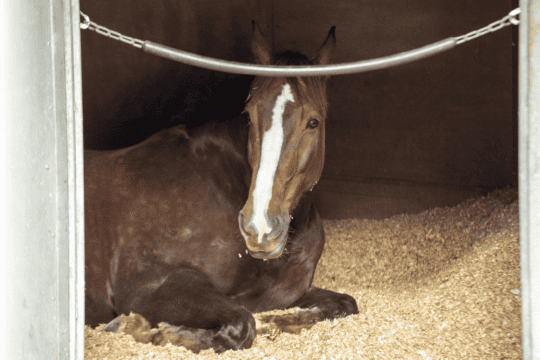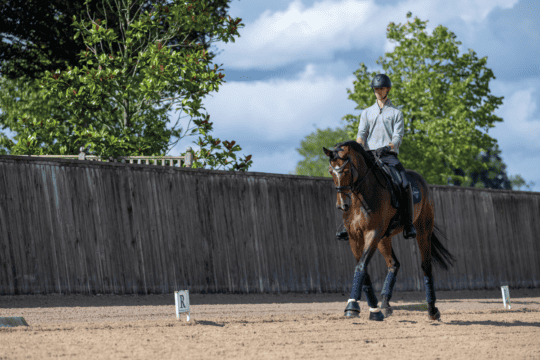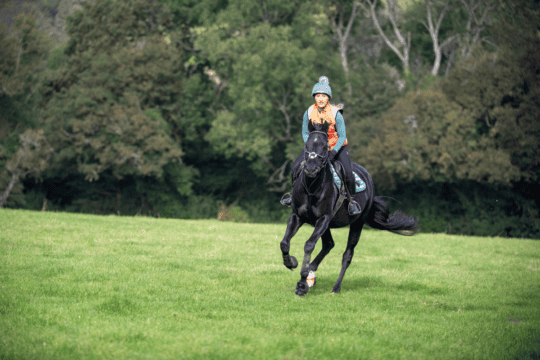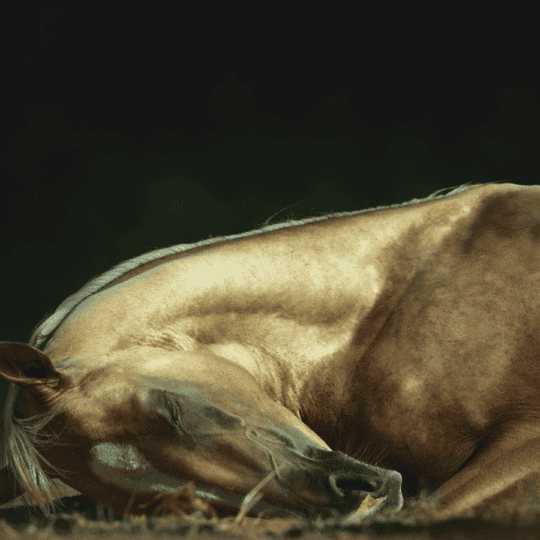Half-pass
Posted 30th January 2020
Once your horse is able to engage, introducing advanced movements is the next step. Hannah shows you how to use what you’ve learnt to get to grips with half-pass
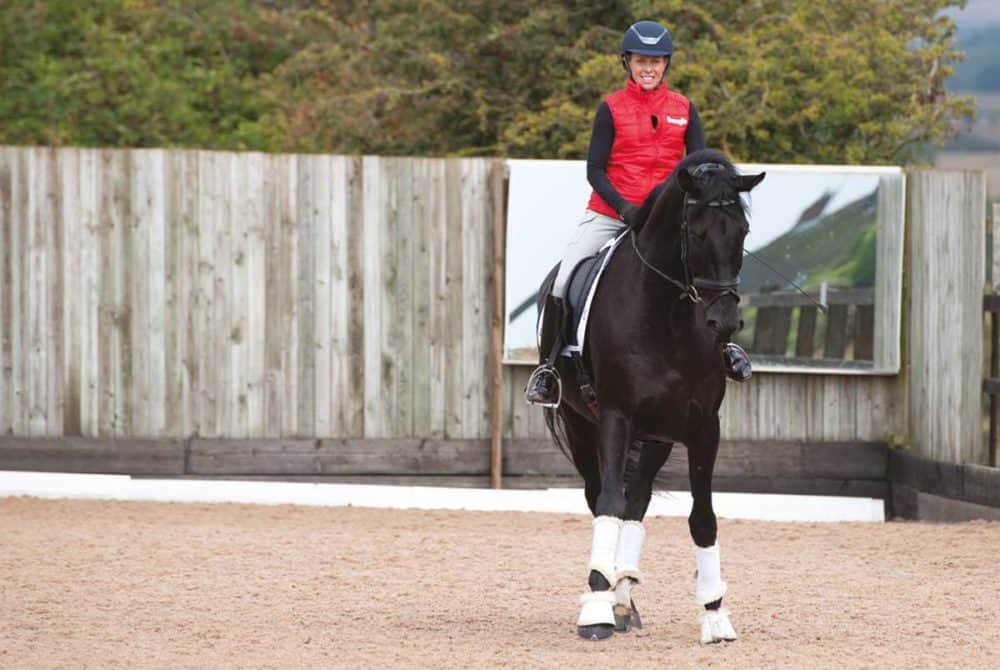
As you work your way up the lateral movements ladder from leg-yield up to shoulder-in and beyond, all it takes to start performing them is to keep practising the training scales you’ve been working on to build your horse’s strength.
Even if you’re not ready to showcase them in competition, there’s no reason why you can’t work towards higher level movements at home. Of course you need the cornerstones of rhythm, suppleness and connection in place first, but with their super-suppling, gait-collecting benefits, half-pass and travers work wonders for your horse’s paces, and enhance his self-carriage, too. So, why not give them a go this spring?
Jargon-busting
Travers, also known as quarters-in, takes place on a straight line and asks your horse for inside bend through his body, and to bring his quarters onto an inner track. Like shoulder-in, it’s a three-track movement, and the inner track should be at an angle of around 30° to the rest of his body to achieve this.
Put simply, half-pass is travers ridden on a diagonal line, with the shoulders, rather than the quarters, leading. Your horse should be flexed in the direction of travel – if you’re moving him from the track to the centre line, he needs inside flexion. Therefore, he not only needs to be supple, but also in front of your leg to maintain the bend.
Spot the difference
The aids for half-pass are the same as travers, but the initial positioning of your horse is different…
- as you come out of the corner, instead of looking down the arena, turn your shoulders onto the long diagonal
- using your inside rein to establish inside bend, and keeping your horse connected into your outside rein, place your outside hand closer to his wither to help bring his shoulders round
- put your outside leg behind the girth to ask him to step sideways
Smoothing it out
There’s a lot to think about with half-pass, so hitting a couple of problems isn’t unusual. Common ones include…
- not enough bend Often, you can be so conscious of pushing your horse’s quarters over on the diagonal line that you forget to maintain the inside bend
- too much neck bend If you fall into the trap of relying on your inside rein your horse will bend through his neck rather than his body, which blocks his forward momentum and causes the pace to lose energy
- too much speed Your horse might struggle to maintain his frame and lose the bend, which leads to rushing and falling to the inside
Follow Hannah Esberger-Hancock’s guide to half-pass and give her exercises a go, too. Find out more in Spring Horse&Rider, on sale 6 February.

